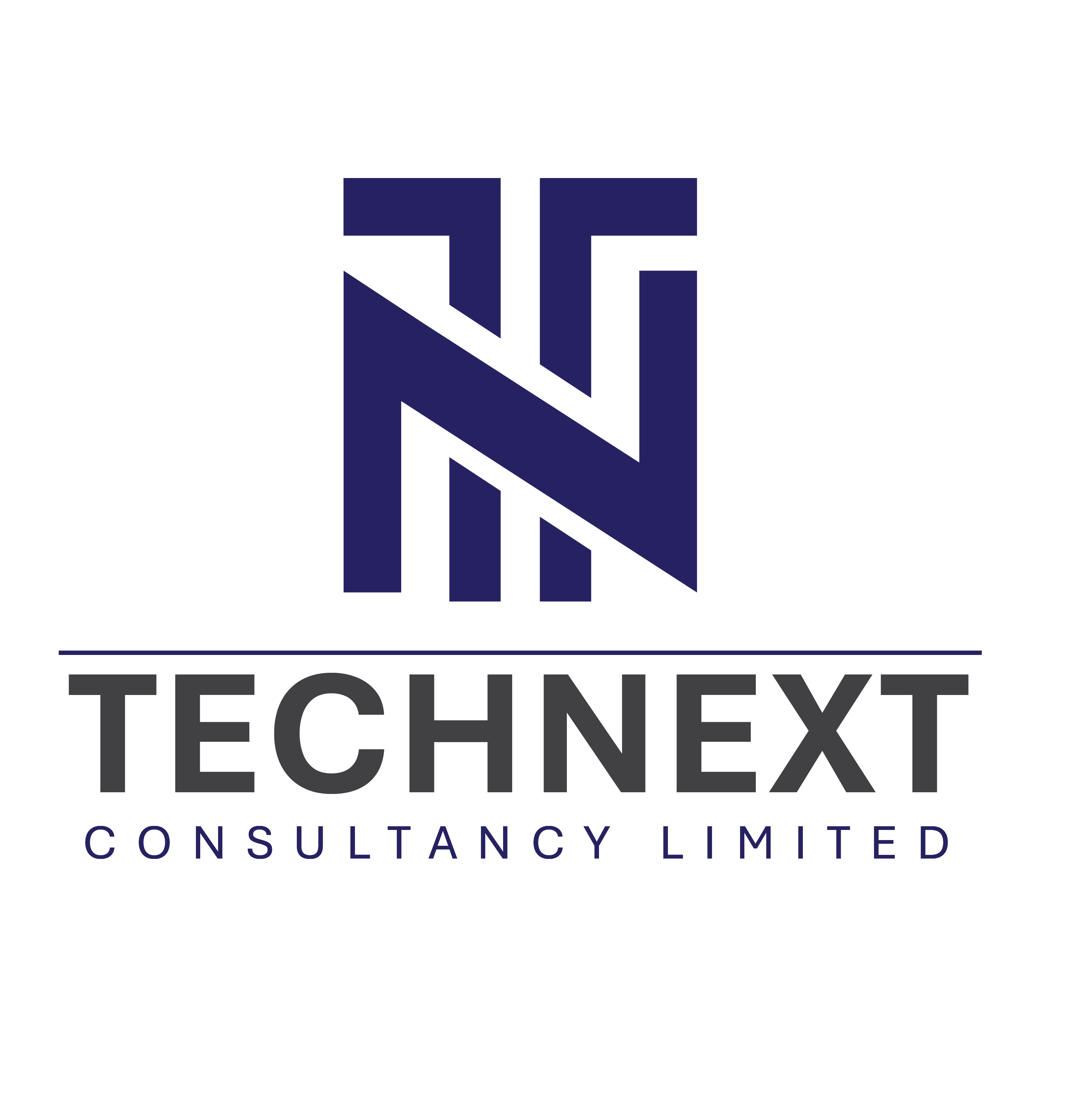Upgrading your Dynamics NAV (Navision) system can feel like a major leap, but it’s essential for staying up-to-date with the latest features, performance improvements, and security patches. However, before making the jump, there are a few key things you need to know to ensure the process goes smoothly. Here are the top 7 things every Dynamics NAV user should consider before upgrading.
1. Assess Your Current Version
Before you even think about upgrading, take a good look at your current version of Dynamics NAV. Is it outdated? Are there any specific features or functionalities that you rely on that might be affected? The more you understand your current setup, the better prepared you’ll be for potential challenges during the upgrade process.
2. Understand the Benefits of Upgrading
Upgrading isn’t just about keeping up with the latest software; it can bring real advantages to your business. Newer versions of Dynamics NAV come with enhanced security, improved user interfaces, and new functionalities that could increase productivity. By upgrading, you might gain access to more powerful reporting tools, streamlined business processes, and better integration capabilities with other Microsoft products.
3. Consider Customizations and Integrations
If your current system has customizations or third-party integrations, they may not automatically work with the new version. Upgrading can sometimes mean reworking those customizations to be compatible with the latest software. Make sure to work with your IT team or a Dynamics consultant to evaluate these aspects before starting the upgrade process.
4. Plan for Data Migration
Upgrading to a newer version of Dynamics NAV usually involves data migration. The process can be complex depending on the size of your database and how it’s structured. Before upgrading, ensure you have a solid data migration plan in place to avoid data loss or corruption. Always back up your data before starting the upgrade, and test the migration in a sandbox environment if possible.
5. Evaluate System Requirements
Newer versions of Dynamics NAV may have different system requirements compared to your current version. For example, they may need more server resources, a different version of SQL Server, or updated operating systems. Ensure that your IT infrastructure is capable of supporting the upgrade before proceeding. Failing to do this could result in performance issues post-upgrade.
6. Train Your Team
Upgrading Dynamics NAV means your team will be working with a new version of the software. Even if the changes seem minimal, it’s essential to provide training to ensure everyone can adapt quickly. Plan training sessions or create guides on how to use new features and workflows. This can help avoid any confusion or slowdowns once the new system is live.
7. Set Realistic Expectations
Upgrading can be a complex and time-consuming process. Be prepared for unexpected challenges and delays. It’s crucial to have a realistic timeline in place and communicate expectations with stakeholders throughout the organization. By setting proper expectations, you can manage any issues that arise with less stress.
Why Trust Technext with Your Dynamics NAV Upgrade?
At Technext, we specialize in providing seamless Dynamics NAV upgrades tailored to your business. Our expert team will guide you through the entire process, from evaluating your current system to ensuring smooth data migration and integration. With our support, you can focus on what matters most—running your business. Contact us today and let’s get your Dynamics NAV upgrade underway!
Conclusion
Upgrading Dynamics NAV is an exciting opportunity to enhance your business’s ERP system. However, it’s essential to plan carefully and take into account the considerations mentioned above. With the right preparation, you can ensure that the upgrade process is as smooth as possible, enabling your business to take full advantage of the latest features and functionality.
